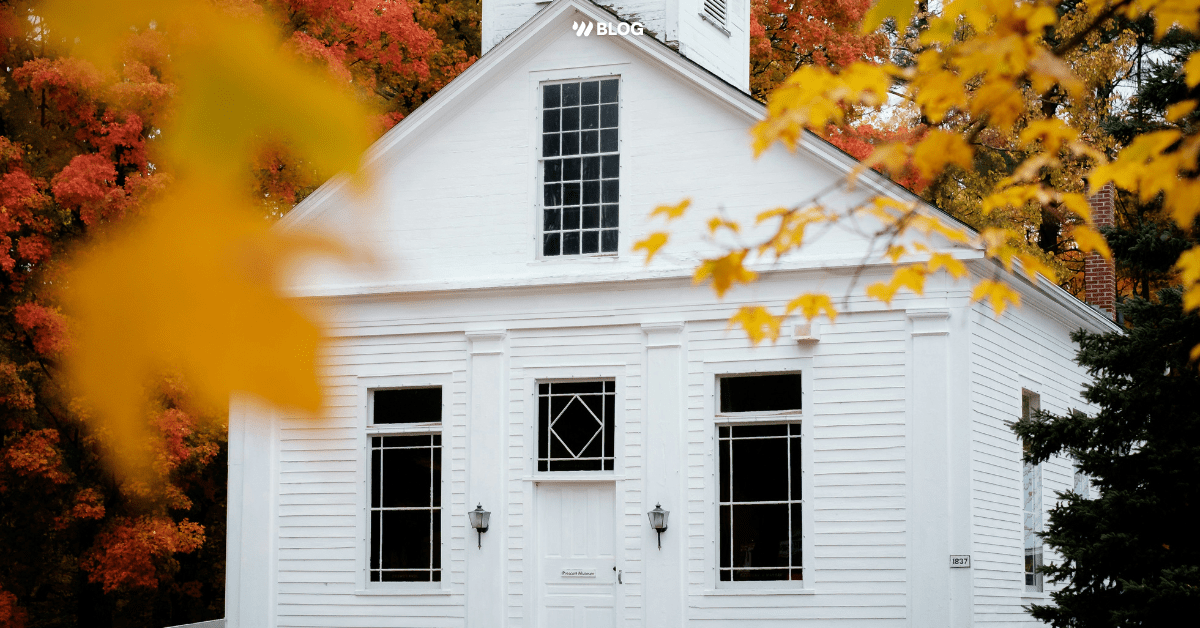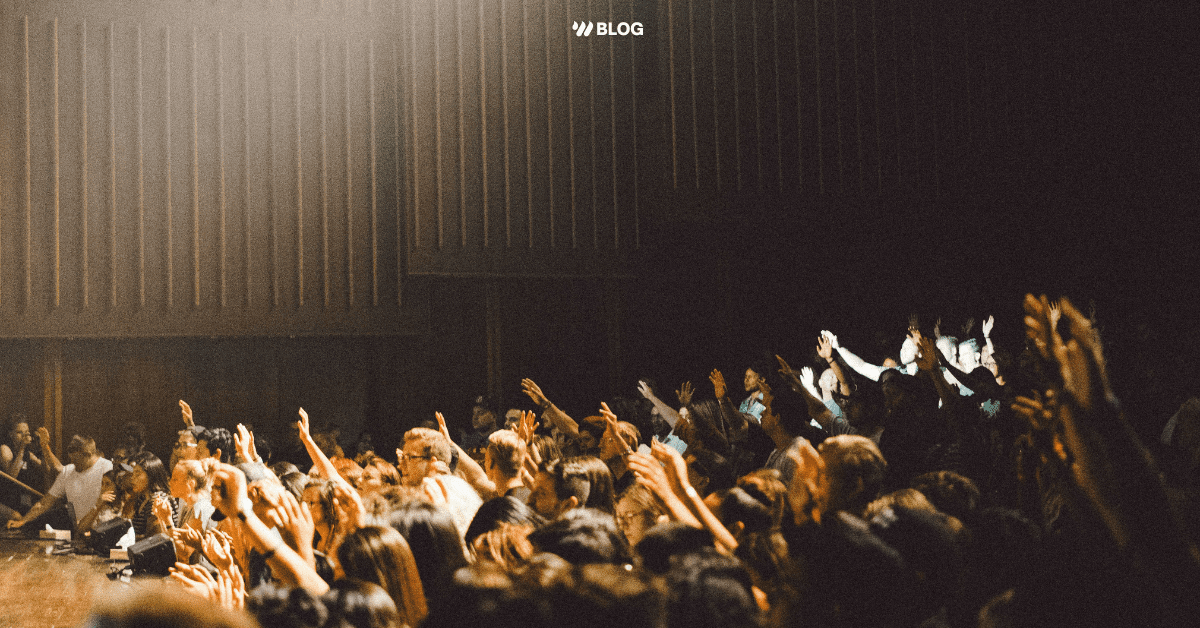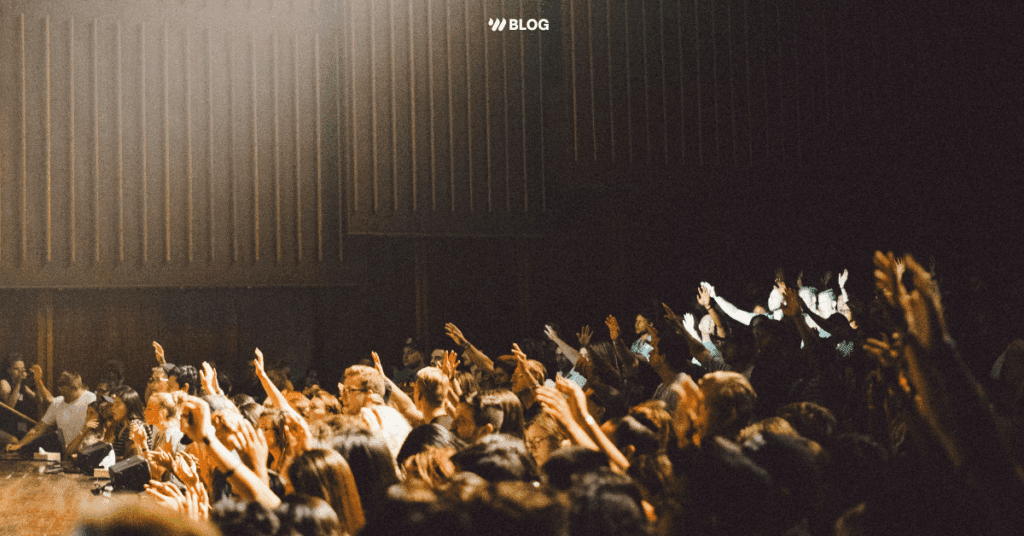How To Fly With Guitar Gear (Guitar, Pedals, & Amps)
You were just asked to play guitar for an event that’s out of state and your heart skips a beat. You’ve dreamed of this day for a long time and now you’re simultaneously filled with excitement and nervousness.
What gear am I supposed to bring? What gear can I even bring on a plane? What’s it going to be like at the airport?
Don’t worry! We’ve got you covered.
Over the past 9 years I’ve had the privilege of traveling and playing for artists such as Jason Upton, Bethel Music, and Anne Wilson. These are all of the tips and tricks that I wished I would have known when I first started flying with my guitar.
Before we dive into this, let’s differentiate the various types of luggage to make sure that we are all on the same page.
Types of Luggage
CHECKED LUGGAGE: Luggage given to the airline during check-in. This luggage is transported and stored underneath the plane. You do not take this luggage with you through security. Each piece of luggage needs to be under 50 lbs to avoid extra fees. Make sure any gear is well protected
CARRY-ON LUGGAGE: Luggage that you take with you through security and store in the overhead bin on the plane. If you’re bringing a guitar with you on the plane, it will count as your one and only piece of carry-on luggage.
PERSONAL ITEM: A small item that you take with you through security and store under the seat in front of you on the plane. I usually bring a backpack.
Airline Baggage Requirements
Check out these links for the baggage requirements for the top airlines in the US. If you are flying with a different airline, make sure to check out the baggage policies on their website.
How Many Checked Bags Will You Have?
Ok, so now that we’ve learned about the different types of luggage and airline requirements, what’s next?
We need to know how many pieces of checked luggage we can bring on the trip. This will determine how we’ll be able to pack for the trip. If you are unsure how many checked bags you’ll have, check the airline’s website or ask whoever purchased your plane tickets.
0 CHECKED BAGS
This scenario will only happen if you are having to fly on a super budget-airline. This is very rare for flying to an event and you will most likely never experience this. If you do, I would recommend paying their add-on fee to at least be able to check one bag. It’s really hard to travel with gear without any checked luggage. If having no checked luggage is your only option, this is what you should do:
Carry On: Guitar + Mini Pedalboard (in one case) or Mono Case + Mono Tick (Pedaltrain Nano and 3-4 small pedals)
Personal Item: a backpack with clothes
1 CHECKED BAG
This is a pretty common scenario and it works great for a short trip.
Carry-On: Guitar (Mono Case + Mono Tick)
Personal Item: a backpack with clothes
Checked Luggage: Pedalboard
2 CHECKED BAGS
Option 1:
This is my personal favorite scenario and it’s the most comfortable. It’s a great option if you’ll be gone for a couple days.
Carry-On: Guitar (Mono Case + Mono Tick)
Personal Item: a backpack with headphones and snacks
Checked Luggage 1: Pedalboard
Checked Luggage 2: Suitcase with clothes
Option 2:
This is another popular scenario that guitarists will often do if they don’t want to carry their guitar with them.
Carry-On: a carry-on suitcase with clothes
Personal Item: a backpack with headphones and snacks
Checked Luggage 1: Pedalboard
Checked Luggage 2: Guitar in a SKB iSeries case (don’t forget to detune your strings)
Packing Tips
After you’ve figured out how many checked bags you’ll be taking, you’re ready to start packing. Here are some tips that I’ve learned over the years.
Packing Your Guitar
Put a piece of paper inside of your guitar case with your name, phone number, and address in case your guitar gets lost. It’s also not a bad idea to put a Tile or an Apple AirTag in your case in case it gets lost or misplaced.
I love the Mono Vertigo Guitar Case. I have done countless flights with it and it always protects my guitar, fits in the overhead bin, and has extra pockets for holding cables and strings. If you’ve ever been to the Nashville Airport, you’ve probably seen dozens of these. Everyone uses these for touring because they are so durable and easy to travel with.
I always have the Mono Tick attached to my Mono Guitar Case. It is an attachment that lets you store extra pedals, cables, capos, slides, etc. The best part is that if it is connected to your guitar case, it doesn’t count as an extra bag!
Detune your guitar before you go to the airport. Make sure to detune your strings from smallest to largest so that you don’t break a string from all the tension. You actually don’t have to worry about this if you’re able to fit your guitar in the overhead bin. I always do this in case I have to gate check my guitar. The area underneath the plane isn’t pressurized and it gets really cold. Loosening your strings helps protect your neck on your guitar.
If you are going to check your guitar, make sure that the strings are detuned and it’s in an extremely sturdy hard case such as the SKB iSeries cases.
Packing Your Pedalboard
Like we talked about in the guitar tips, you’ll also want to put a piece of paper inside of your pedalboard case with your name, phone number, and address in case it gets lost. It’s also not a bad idea to put a Tile or an Apple AirTag in your pedalboard case in case it gets lost or misplaced.
Make sure that your pedalboard is under 50 lbs so that you don’t have to pay any extra fees. I would honestly try to get your pedalboard as light as possible because the scales at the airports are inconsistent (my board has weighed differently on the same trip at multiple airports). The last thing that you want to do at the airport is hold up the line and try to pry your pedals off and shove them in your backpack. If you do find yourself in this situation, make sure you have a small spatula to help pry the pedals off. I leave one in my pedalboard case.
Use industrial strength velcro on all of your pedals. Cover the entire bottom of the pedal (even your massive delay, reverb, and volume pedals). It seems extreme but it will help your pedals and your patch cables last longer. It also works as a deterrent from TSA ripping apart your entire board (this used to happen frequently before I got this velcro).
Use a really sturdy flight case. I have had a Brady Case flight case for years and it is wonderful. It has a pull-out handle and wheels so it’s really easy to roll around the airport.
If you have to travel with a mini pedalboard and put it inside of your Mono Tick, this is what I would use:
A tuner, dual overdrive, delay, amp sim, and a power supply. If I had to do this for a worship event, I would personally use a mini tuner or clip-on tuner, a JHS Double Barrel dual overdrive, a Strymon El Capistan delay with a built-in spring reverb, a Strymon Iridium for my amp, and a power supply.
Packing Your Accessories
Don’t take more than you need, keep it simple, and only bring the essentials.
Make sure to pack extra strings and a string winder.
I put all of my accessories in the Mono Tick
Packing Your Amp
You’re not going to be able to fly with an amp so make sure that you have worked out backline amps with the venue you are playing at.
Most of the time, the backline amps are a hit or miss so I always bring my Strymon Iridium with me. It’s a quick and easy way to run stereo without phasing issues and I can dial in my tones before the gig. Sometimes backline amps are amazing but sometimes you’ll get one with bad or noisy tubes. It’s really nice to be able to show to up a gig and not have to worry about any of that.
Packing Your Clothes
If you only have a backpack and can’t check a suitcase, don’t take more than you need and only bring the essentials.
If you are able to check your suitcase, bring whatever you want lol
Wear comfortable clothes to the airport. I always wear shoes that I can easily slip on and off through security. This is not the time to wear your cool Red Wing boots.
Wear comfortable clothes to soundcheck and to the event. Change into the clothes you are going to play in right before the event starts so you don’t get soaked from the rain, sweat a ton, or get BBQ sauce on your t-shirt. I may or may not have learned this lesson the hard way…
Airport Tips
Alright, now we are packed and ready to go! Here are some tips for when you’re at the airport.
KINDNESS
Be kind and friendly to all of the staff. Leave any entitlement at home and walk in humility and love.
DETUNE YOUR STRINGS
Make sure that your guitar strings are loosened. If you forget and you need to quickly detune at the airport, make sure that you detune the smallest strings before you detune the thick strings. I have broken my high E string more than once because I started detuning the thick strings first.
CHECK INTO YOUR FLIGHT EARLY
Set an alarm on your phone to check-in for your flight early. Southwest boarding is first-come-first-serve so make sure that you check-in as early as you can. The higher group you are in, the sooner you can board the plane, and the more likely you’ll be able to put your guitar in an empty overhead bin.
BOARD EARLY
If you are in one of the last boarding groups, you could try to go up to an airline worker at your gate and kindly ask if you could be given the opportunity to board the plane early so that you could safely store your instrument. They might say no, but again it’s worth it to kindly ask.
GETTING ON THE PLANE
If you are using a backpack-style guitar case, make sure to take the guitar off your back and carry it inside of the plane. If you don’t, you’ll most likely bump into a lot of people and you might hit the headstock on the ceiling in the plane.
COAT CLOSET
The coat closet on the plane is for the flight attendants’ jackets and luggage. It’s their personal space and not open to the public. If you board the plane late and there isn’t room in the overhead bins, you could politely ask if there is any room in the coat closet for you to store your guitar. There might not be room, but it is always worth it to make a polite request.
GATE CHECKING YOUR GUITAR
Sometimes the airline worker at your gate will put a pink tag on your guitar and tell you that you might have to “Gate Check” your guitar if there isn’t enough room on the plane. THIS IS NOT THE END OF THE WORLD. I repeat this is not the end of the world.
If this happens, just say thank you and walk down to the plane. Try to find an empty place for your guitar on the plane. If there is nothing available, wait for everyone to board and leave your guitar right outside of the front door of the plane. Make sure that your strings are detuned. You will pick up your guitar in the same place you left it when you land. You might need to wait for them to bring it out with the strollers and other items that were gate-checked. After you get your guitar back, walk out of the tunnel to the gate and step aside. When you are out of the way of traffic, quickly check the headstock of your guitar to make sure it isn’t broken. If it is, find someone right away and ask for assistance.
CARRYING EVERYTHING
There are a couple of ways to do this but I’ve found that this is the most comfortable way to carry your guitar and your personal item (backpack). I put my guitar on my back (my Mono Case has backpack straps) and I wear my backpack backwards on my chest. It looks kind of funny but it makes carrying everything a lot easier for long periods of time.
The Gear We’re Using
Guitar Cases
Pedalboard Flight Cases
Accessories
- MONO Tick 2.0
- Industrial Strength Velcro
- Spatula
- Strymon Iridium
- Radial ProD2 Stereo Direct Box
- Pedaltrain Nano
Flying with gear can be a bit nerve-racking, but we hope these tips that we’ve learned about how to fly with gear throughout the years will be helpful.
We’d love to hear if you have any tips that we left out! Leave a comment below.
Check out these similar posts!
- Worship Guitar Tone Master Class VIDEO SERIES
- Nick Mayer (Zach Williams) Guitar Rig Rundown
- The Most Surprising Guitar Secret for Sounding Massive
- Overdrive Pedals: Finding Your Tone
- The Ultimate Guide to Instrument Cables
- Bass Rig Setup & Building an Affordable Pedalboard with Tom Furby (Hillsong Y&F)
- How to Build Creative Guitar Sounds for Worship


![Top Christmas Worship Songs 2025 [With Tutorials]](https://worshiponline.com/wp-content/uploads/2024/12/Post-Graphic-no-title-only-watermark-1-1.png)



![Top Christmas Worship Songs 2025 [With Tutorials]](https://worshiponline.com/wp-content/uploads/2024/12/Post-Graphic-no-title-only-watermark-1-1-1024x536.png)